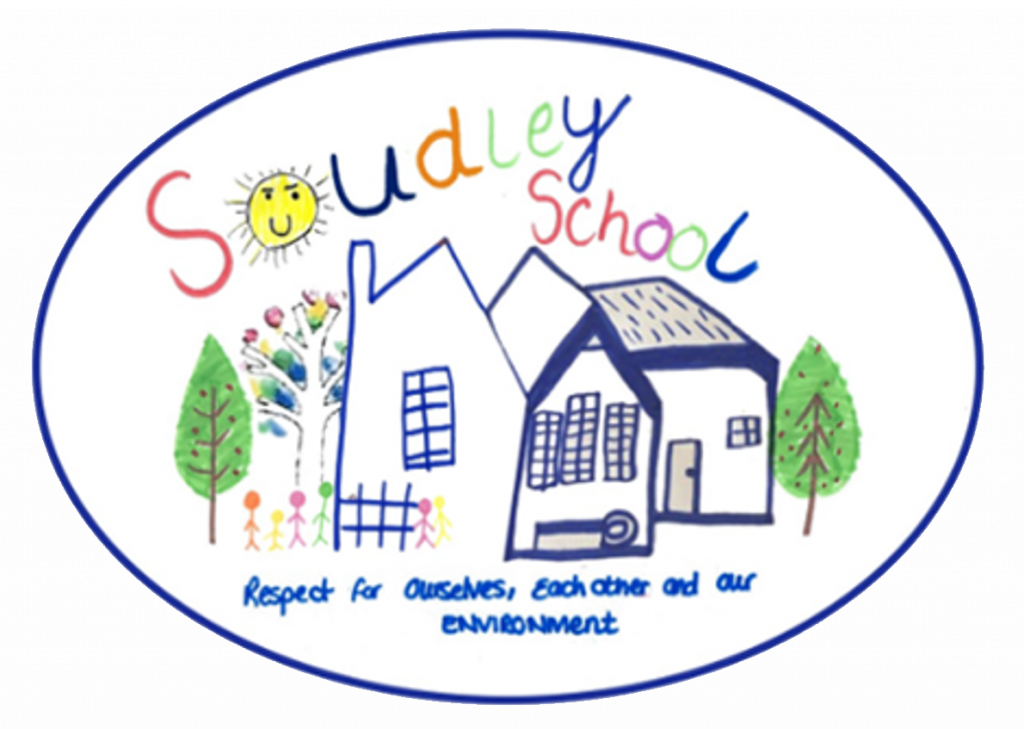An introduction to Mindfulness
Some of you will be familiar with Mindfulness and it will perhaps be new to others, but certainly it is mentioned a lot in the media. Mindfulness is not sitting in silence and without moving a muscle. This is very difficult to do as adults let alone for children and although formal sitting practice can be part of mindfulness it is not by any means all of it.
Mindfulness is not about being calm. This is a very common misconception and can lead to people feeling that it’s just not for them or the frustration that they “can’t do it”. Having said that it may help you feel calm and relaxed, but this is not the main aim.
So what is it then?
Mindfulness is sometimes defined as bringing awareness to the present moment. So when you stop and take a breath, that is mindfulness. And when you notice something that perhaps you haven’t noticed before, like perhaps a flower in the garden or even a grubby mark on the kitchen wall, and really give it your attention, that is mindfulness. When you take your time over cooking or eating something and really notice the flavours and the textures etc, this is also mindfulness. So you are probably doing it already!
The children at Soudley School have all had the opportunity to learn about mindfulness and as part of this, they have learnt a little bit about how the brain works. One thing that happens a lot is that when we are trying to be calm and empty our minds, the brain is very clever at filling our heads with thoughts – this is sometimes called the busy or the monkey mind. Some people at the moment are finding it very hard to relax before they go to sleep, and thoughts of worry, fear and even panic are a very common and logical response to the situation we find ourselves in. Mindfulness can be something that we can practise to help us focus and notice those thoughts and perhaps learn some strategies to let some of those unwelcome thoughts go.
This takes practice but that is why it’s called mindfulness practice, and in fact the practice is the noticing what is happening, ie the intrusive thoughts or whatever you happen to notice. Trying to push away any intrusive thoughts usually doesn’t work so a mindful approach would be, instead, to “notice and allow”, ie acknowledge that you are feeing anxious or angry or whatever, and use one of the mindfulness techniques to move on from those thoughts, or at least give yourself a little break from them!
You can try focusing on your breath and really bring your awareness to your breath – this is done not by thinking about the breath, but instead by feeling it, eg you might feel the breath in your throat, in your nostrils, you might notice the rise and fall of your chest, even noticing the sound of the breath. Bringing an interest or curiosity to your practice, rather than trying or striving to “get it right” as there is no right or wrong – whatever it is that you are feeling, is great to notice and that is mindfulness practice in action!
Another feature of mindfulness that may be useful is to focus, as in bring your awareness to, the feelings in your whole body, and this is sometimes called the body scan. It’s a lying down practice so nice and relaxing and it takes you through focusing on the different parts of your body from head to toe, or the other way around, it doesn’t matter. You may want to use a technique which is used in yoga sometimes which is to tense and relax each part of your body, as this can help develop the skill of focusing.
Mindful movement is also good and is very accessible to children. This can be any simple stretching movement, but it’s just done much more slowly with the emphasis being on noticing the effects of the movement, where you feel the stretch etc.

